Magnetic DPC Benefits
Here are some key benefits of magnetic DPCs:
- Non-invasive: non-invasive installation, no damage to the building fabric
- Reversible: by removing them from the building, their effect can be reversed
- Safe, with no negative side effects
- Permanent solution to rising damp as it handles its root cause
- Suitable for all listed buildings
- Non-disruptive installation and operation
- Works on any type of masonry, wall thickness, building type or wall construction
- Environmentally green
- Silent and maintenance-free
- No running costs
- It can be used for underground walls and cellars
- Naturally eliminates moulds and fungi by cutting their water supply
- Improves the thermal insulation of the building, reduces heating costs and saves money
- 25-year warranty (however the system is estimated to work MUCH longer, up to 100 years as it has no moving parts)
- Easy, hassle-free solution
Observed Effects on Old Buildings
During the past years we have been monitoring several hundreds of buildings long-term via professional moisture measurements taken at regular intervals. This lead to some very interesting observations about:
- How the magnetic DPC system dries out the building
- How moisture moves inside the building fabric
- What are the main variables that affect the dehydration
- Main limitations, what these system can and can't do etc.
The research is still ongoing, however here is a summary of some of our findings in this regard:
1. Drying out Non-Breathable Walls
One of the most interesting observations we have made was that the magnetic DPC system can significantly reduce the moisture content of non-breathable walls.
In an ideal world, all old buildings should be repaired with lime and breathable materials. We know that in the real world this is not the case. A lot of old buildings have been and still being repointed and rendered with cement, have a non-breathable cement floor and are plastered with modern cement plasters. The individual or combined effect of these materials is detrimental to the fabric of old building, resulting in the accumulation of moisture in the wall fabric, resulting in long-term severe decay and dampness problems.
The repairs an be very labour-intensive and costly, involving the complete removal of the plaster, render or pointing and its replacement with lime.
In such cases the magnetic DPC system can make a real difference. The wall fabric gradually dries out BEHIND THE CEMENT and stays dry long-term. This has been confirmed over and over again by professional gravimetric (drilled core) measurements long-term - the most accurate testing method available.
Here is an example: a building with cement render, modern plaster, concrete floors and a concrete walkway around it - from conservation viewpoint, a lot of no-nos. Installing the magnetic DPC system produced a significant change within 6 months.
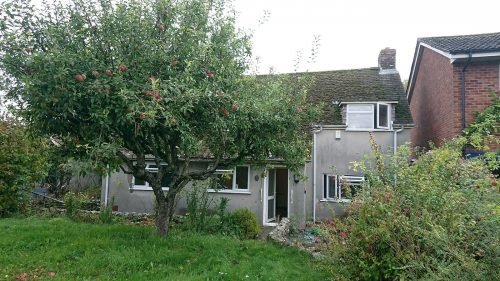
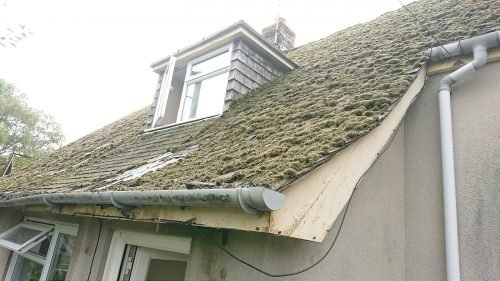
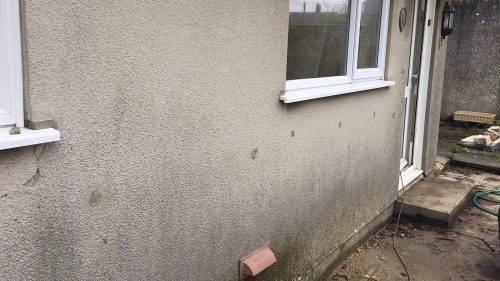
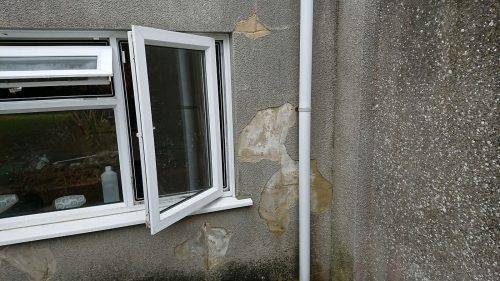
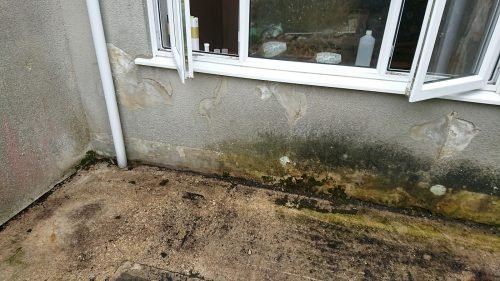
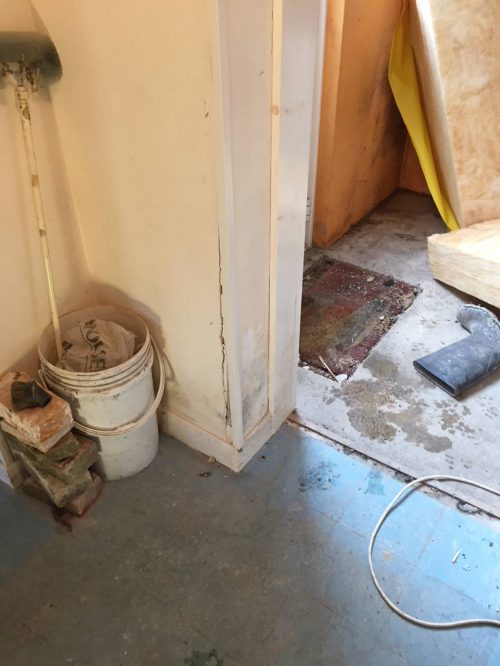
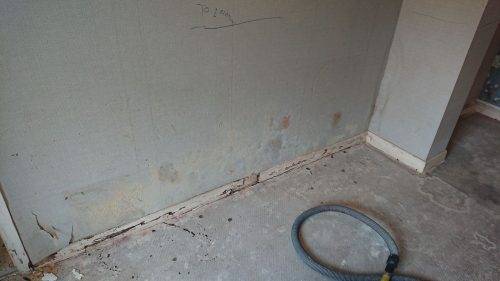
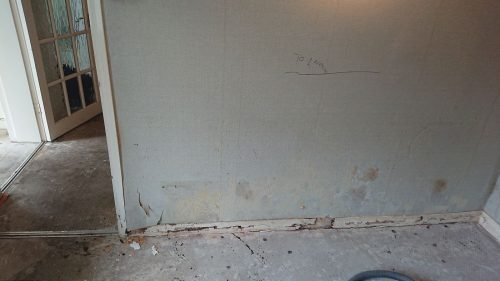
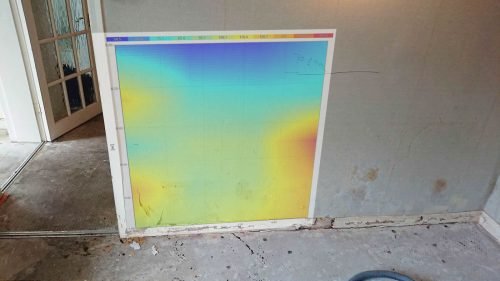
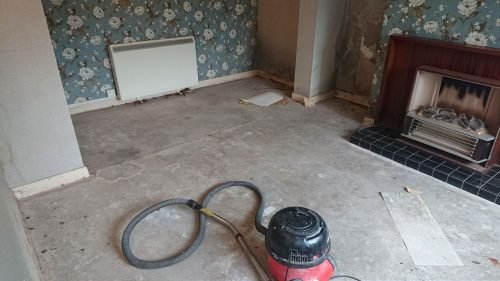
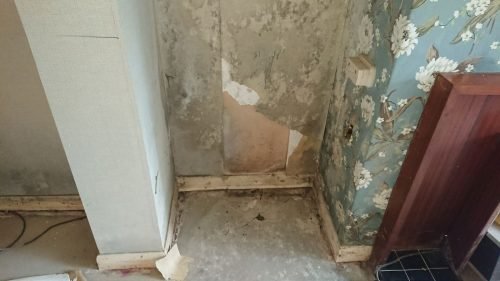
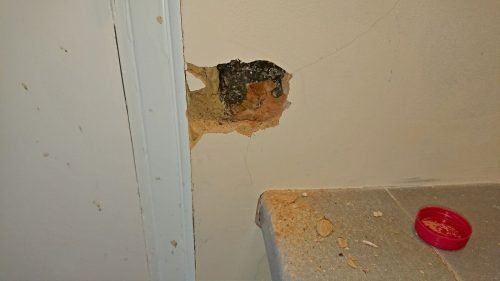
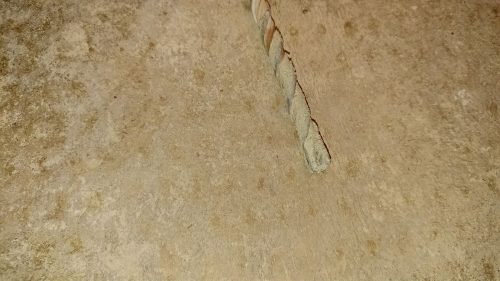
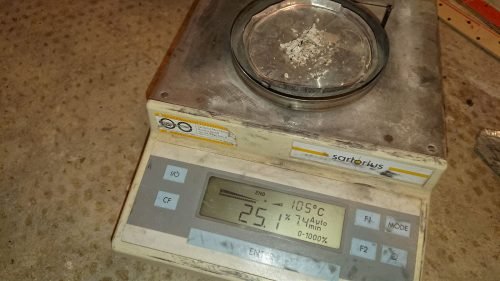
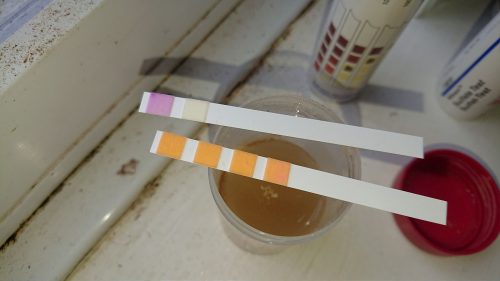
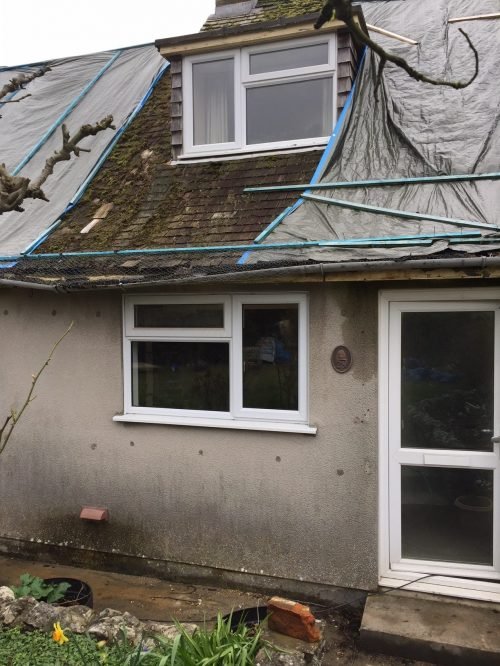
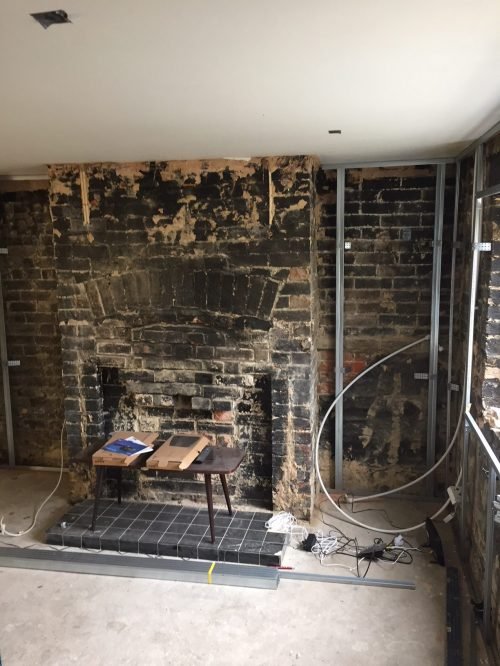
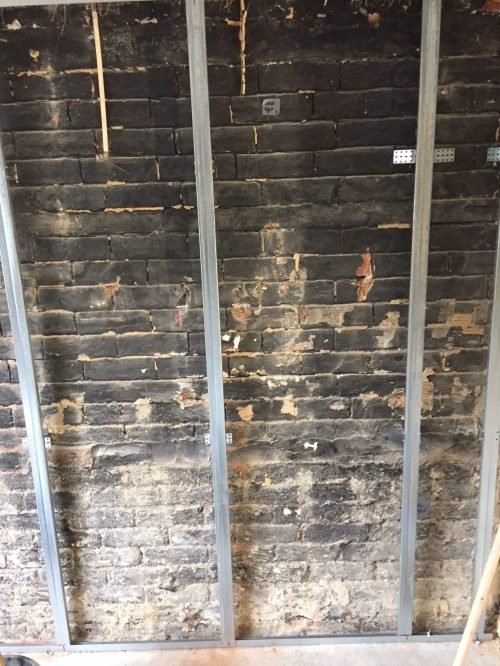
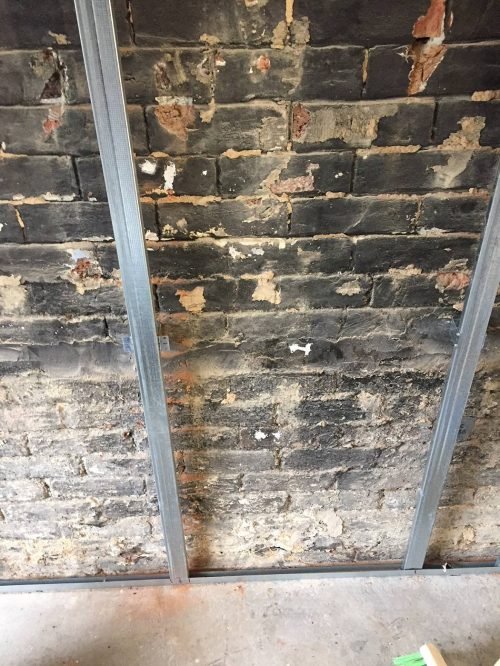
2. Protection of Floor Joists
Floor joists often start rotting in contact with damp masonry.
Drying out the building fabric to solum level has a beneficial effect onto the joist and floor boards, often stopping ongoing decay or protecting them from further decay.
3. Less Crumbling of the Wall Fabric
Ongoing crumbling of the historic building fabric is of major concern as it leads to a gradual irreversible deterioration of the building fabric. Although crumbling can have several reasons, one of the leading causes are ground salts.
Ground salts are transported into the building fabric by rising damp. When the water evaporates, leaves the salts behind which crystallize on or under the surface. During the crystallization process the salts expand in volume several times (typically 5-10X) resulting in the breakdown of the building fabric, resulting in crumbling.
The Magnetic DPC system, by stopping the upward transport of water and salts inside the wall capillaries, stabilizes the building, resulting in less crumbling.
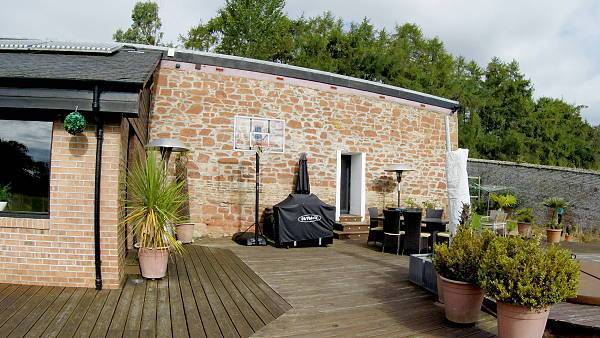
Potting Shed
4. Warmer Buildings
Does your building feels cold all or most of the time? Does it take a long time to heat it up or keep it warm? As the building fabric dries out it gradually regains its thermal insulation, significantly reduced by the dampness and humidity.
We often see a significant improvement in the internal ambiance of the building, an important side-benefit of the magnetic DPC technology.

Home Owner
5. Less Condensation & Mould
Condensation is typically not a dampness problem but an insulation problem. Walls cool down and the warm humid air inside condenses on the cold surfaces - usually at the bottom of the walls or corners. Condensation surface moisture provides the necessary water for mould to survive, resulting in black mould growth in these areas.
When the building is affected by rising damp, the ongoing evaporation cools the walls even more, resulting in condensation and the appearance of mould. Drying the wall fabric reduces the ongoing evaporation resulting in less internal humidity and warmer walls - leading to less condensation and mould in the building.

Castle Owner
6. Less Musty Smell
By drying out the building fabric musty smell often reduces considerably or vanishes altogether. This often happens within weeks or a few months after the installation of the magnetic DPC system.

Retired architect, cottage owner

B&B Owner
7. Better, Healthier Living Environment
A drier, warmer house without mould or other pathogens results in a better, healthier living environment. Many customers report back to us changes of this nature.

Country House owner

